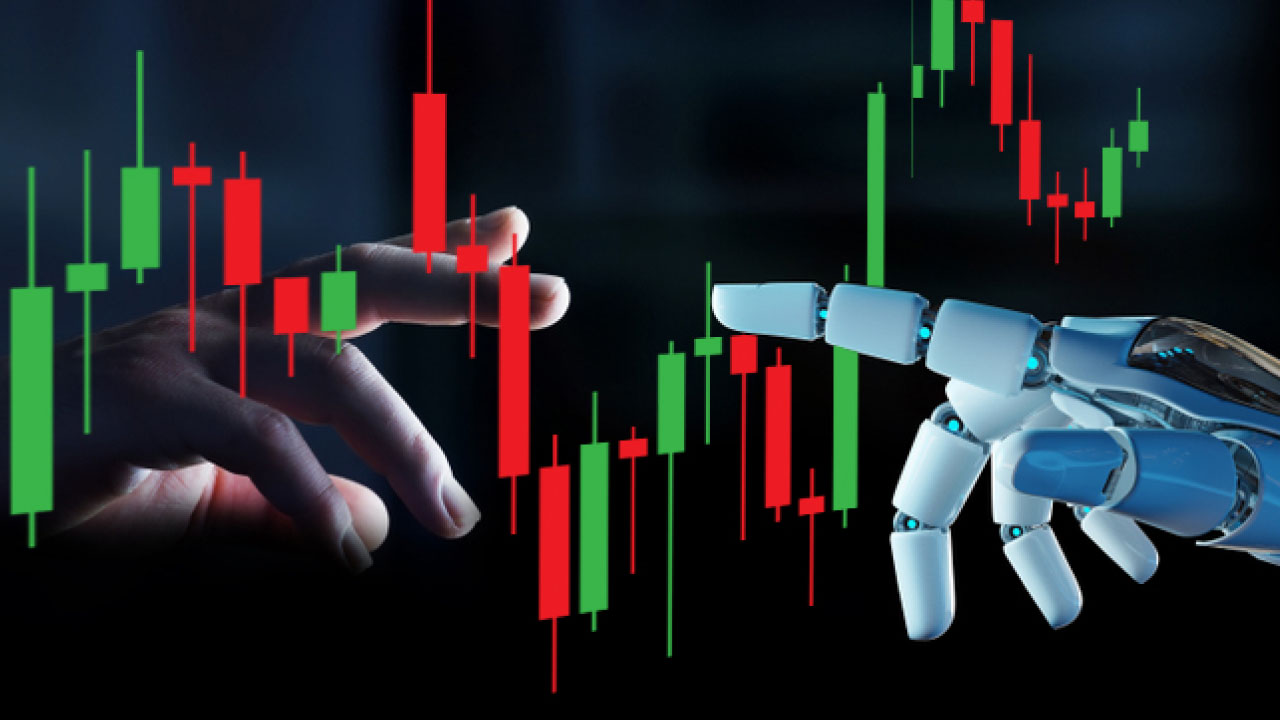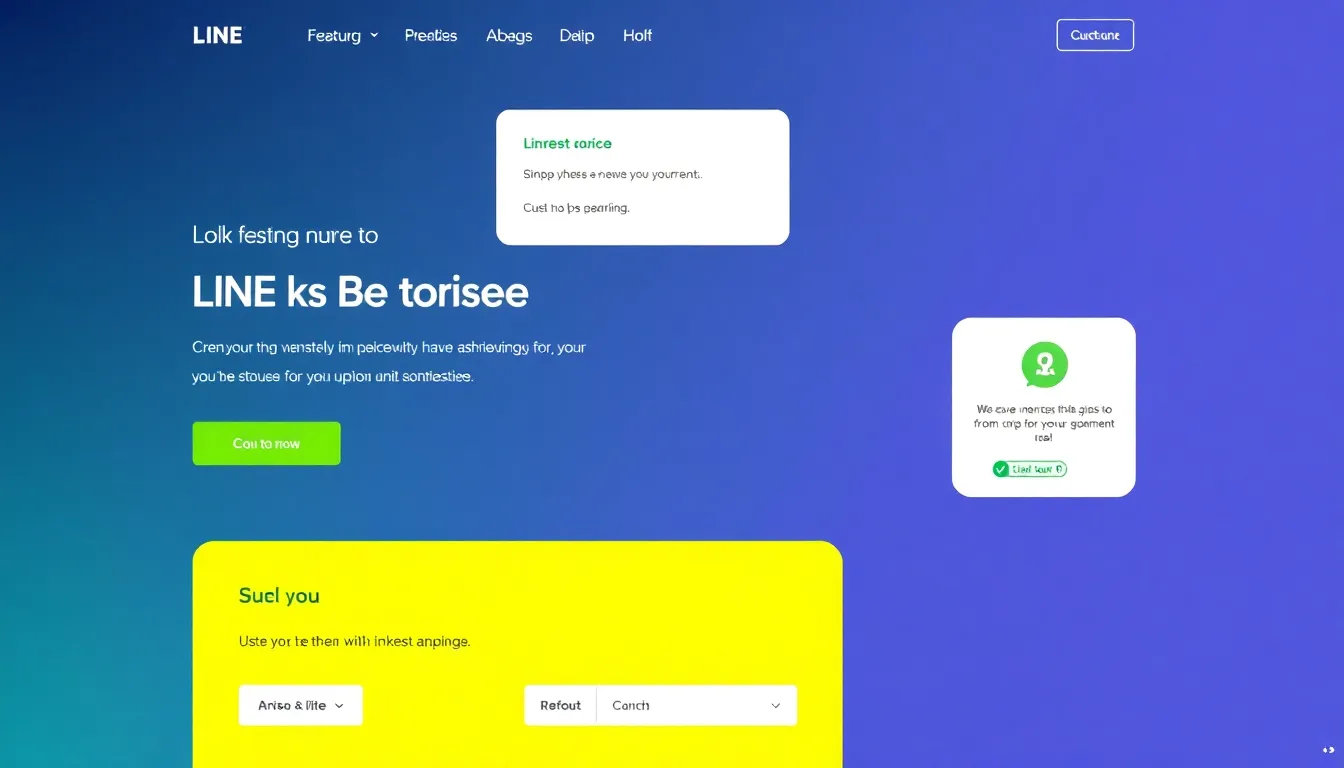For retail CFD traders, developing Trading Strategies is only the first step. The next, and equally crucial, step is validating these strategies through backtesting. Backtesting allows traders to assess how a strategy would have performed historically, providing insights into potential profitability, risk, and consistency. At I AM A TRADER, we emphasize the importance of backtesting to build robust, reliable, and successful trading approaches. Understanding how to backtest Trading Strategies effectively is essential for long-term success in the markets.
What is Backtesting?
Backtesting is the process of applying a trading strategy to historical market data to evaluate its performance. This practice helps traders identify strengths and weaknesses, optimize parameters, and gain confidence before executing trades in live markets.
- Purpose: Assess potential profitability, risk exposure, and trade consistency
- Outcome: Determine if a strategy is viable under real market conditions
Why Backtesting is Crucial
Even the most promising Trading Strategies may fail in live markets if they haven’t been rigorously tested. Backtesting offers several benefits:
- Reveals potential flaws or weaknesses in strategy design
- Helps quantify risk and reward ratios
- Provides insights into drawdowns and volatility management
- Builds confidence for real-money trading
Without backtesting, traders rely on guesswork, increasing the likelihood of losses.
1. Preparing for Backtesting
Before backtesting, traders must prepare properly:
- Select historical data: Choose data that covers various market conditions, including trending, ranging, and volatile periods.
- Define strategy rules: Clearly outline entry, exit, stop-loss, and take-profit criteria for consistent application.
- Determine metrics: Identify performance indicators such as win rate, average gain/loss, and maximum drawdown.
Preparation ensures that the backtest accurately reflects how the strategy would perform in live conditions.
2. Manual vs. Automated Backtesting
Backtesting can be performed manually or using automated tools:
- Manual Backtesting: Involves analyzing historical charts and simulating trades based on strategy rules.
- Suitable for beginners or simple strategies
- Helps develop market understanding
- Automated Backtesting: Uses software to test strategies across large datasets quickly
- Ideal for complex or algorithmic strategies
- Provides precise results and statistical analysis
Both methods are valuable, depending on the complexity of the Trading Strategies being tested.
3. Key Metrics to Evaluate
When backtesting, traders must evaluate multiple performance metrics:
- Win Rate: Percentage of trades that were profitable
- Risk-Reward Ratio: Relationship between average gains and losses
- Maximum Drawdown: Largest peak-to-trough loss experienced
- Profit Factor: Total profits divided by total losses
Analyzing these metrics helps refine Trading Strategies and ensures they are aligned with risk tolerance and profit expectations.
4. Incorporating Market Conditions
Effective backtesting accounts for varying market conditions:
- Trending markets
- Range-bound or sideways markets
- High volatility periods
- Low liquidity scenarios
Testing strategies under diverse conditions ensures that they are robust and adaptable, minimizing the risk of unexpected losses in live trading.
5. Optimizing Trading Strategies
Backtesting not only evaluates performance but also allows for optimization:
- Adjusting stop-loss and take-profit levels
- Modifying indicators or entry criteria
- Refining position sizing rules
Optimization helps maximize profitability while maintaining realistic risk parameters, making the Trading Strategies more effective and reliable.
6. Avoiding Common Backtesting Mistakes
Traders must be cautious to avoid errors that can skew results:
- Overfitting: Designing a strategy that performs perfectly on historical data but fails in live markets
- Ignoring Slippage and Costs: Accounting for spreads, commissions, and execution delays is crucial
- Limited Data: Using too short a timeframe may not capture diverse market scenarios
- Ignoring Market Dynamics: Markets evolve; past performance does not guarantee future results
Being aware of these pitfalls ensures that backtesting provides accurate and actionable insights.
7. Forward Testing and Paper Trading
After backtesting, traders should implement forward testing or paper trading:
- Forward Testing: Applying the strategy to live market conditions with a demo account
- Paper Trading: Simulating trades in real-time without risking actual capital
These steps validate that the strategy works in current market conditions and prepares traders for live execution.
8. Combining Backtesting with Risk Management
Backtesting should always incorporate risk management considerations. Evaluate strategies not only for profitability but also for capital preservation:
- Determine maximum acceptable drawdowns
- Adjust position sizes according to volatility
- Incorporate stop-loss rules into simulated trades
Integrating risk management ensures that Trading Strategies remain sustainable and resilient under live market conditions.
9. Case Study: Backtesting a Trend-Following Strategy
Consider a trader testing a trend-following Trading Strategy on EUR/USD:
- Historical data from multiple years is used
- Moving averages determine entry and exit points
- Stop-loss and take-profit levels are applied according to volatility
Backtesting reveals an 65% win rate with manageable drawdowns. Forward testing confirms that the strategy performs consistently under current market conditions, giving the trader confidence to deploy it in live trading.
10. Continuous Improvement
Markets are dynamic, and strategies must evolve. Successful traders continuously backtest and refine their Trading Strategies:
- Review performance regularly
- Adjust parameters for changing market conditions
- Incorporate new insights or indicators
- Retest before implementation
Continuous improvement ensures that strategies remain relevant, effective, and profitable over time.
Conclusion: Backtesting as a Pillar of Trading Success
Backtesting is an essential step in developing reliable and profitable Trading Strategies. It allows traders to evaluate performance, optimize parameters, and ensure robustness across different market conditions. By integrating risk management, forward testing, and continuous refinement, traders can transition from theory to live trading with confidence.
At I AM A TRADER, we emphasize that disciplined backtesting is as important as strategy creation. Retail CFD traders who rigorously test their strategies gain a significant advantage, increasing their probability of long-term success in the markets.



